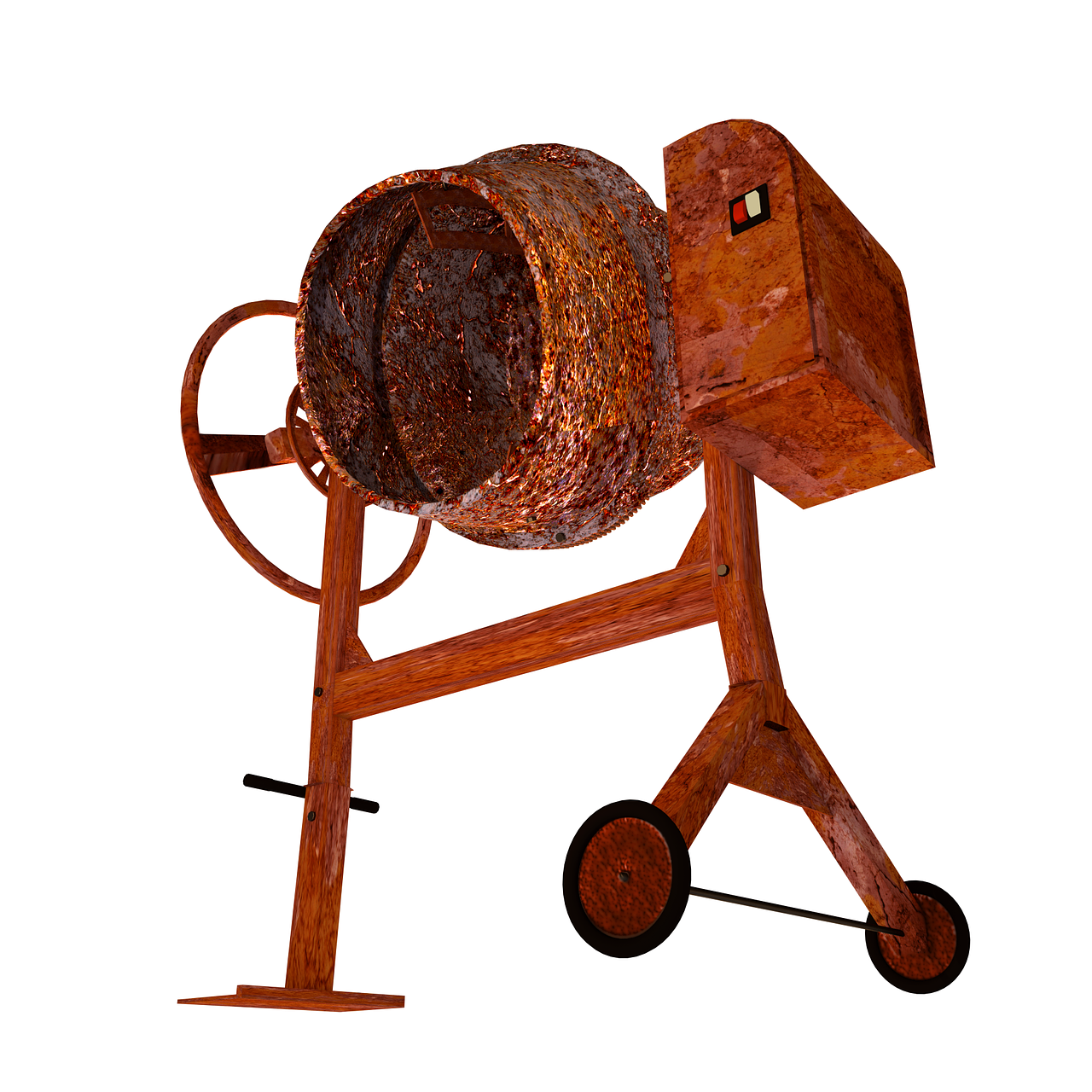If you’ve recently relocated to a new building you may be stuck for renovation ideas to bring the space to life. Your main considerations should be the practicality, comfort and aesthetics when it comes to designing your office. You could be working with a blank canvas or you might need to breathe some life into […]
Category: How To (How I Did)
You could call this a How To – but people often tell me I did it wrong – now to be fair you can’t really tell me I can’t do it that way, when the video shows I actually DID do it that way – so to cool down the hateraide – lets just call this HOW I DID
How to Insulate a Shipping Container Roof Using Foam Sheet
This post shows how I started to insulate a shipping container using foam sheet. I am working on my 40 foot shipping container so that I have a nice condensation free insulated room that I can both heat and cool. the first thing I did was frame in a wall about 10 feet from […]
How to Build a Paintcrete Roof Outhouse
I need an outhouse at the land if I am ever going to have workshops and classes. Additionally I have been wanting to find a cheap and durable roofing material. I have lots of plans for domes that defy traditional construction. To this end, I decided to build an outhouse and perform a Pantcrete […]
How to Build a Paintcrete Rabbit Hutch
With the outhouse roof coming out well, I decided to jump into a larger paintcrete project. I have wanted to get back into rabbit breeding. Additionally, I have planned a paintcrete rabbit hutch for a few years, I just never go the gumption to actually do it. This project is a little different than […]
How to Restore Your Rusted Power Tools
Tools are expensive and if you have a few that have seen better days because of rust, it’s possible to restore your rusted power tools to like-new condition — with some effort. Unlike rust-encrusted hand tools, power tools have both mechanical and electrical components that make safety paramount. The good news is that the right […]





